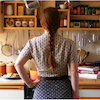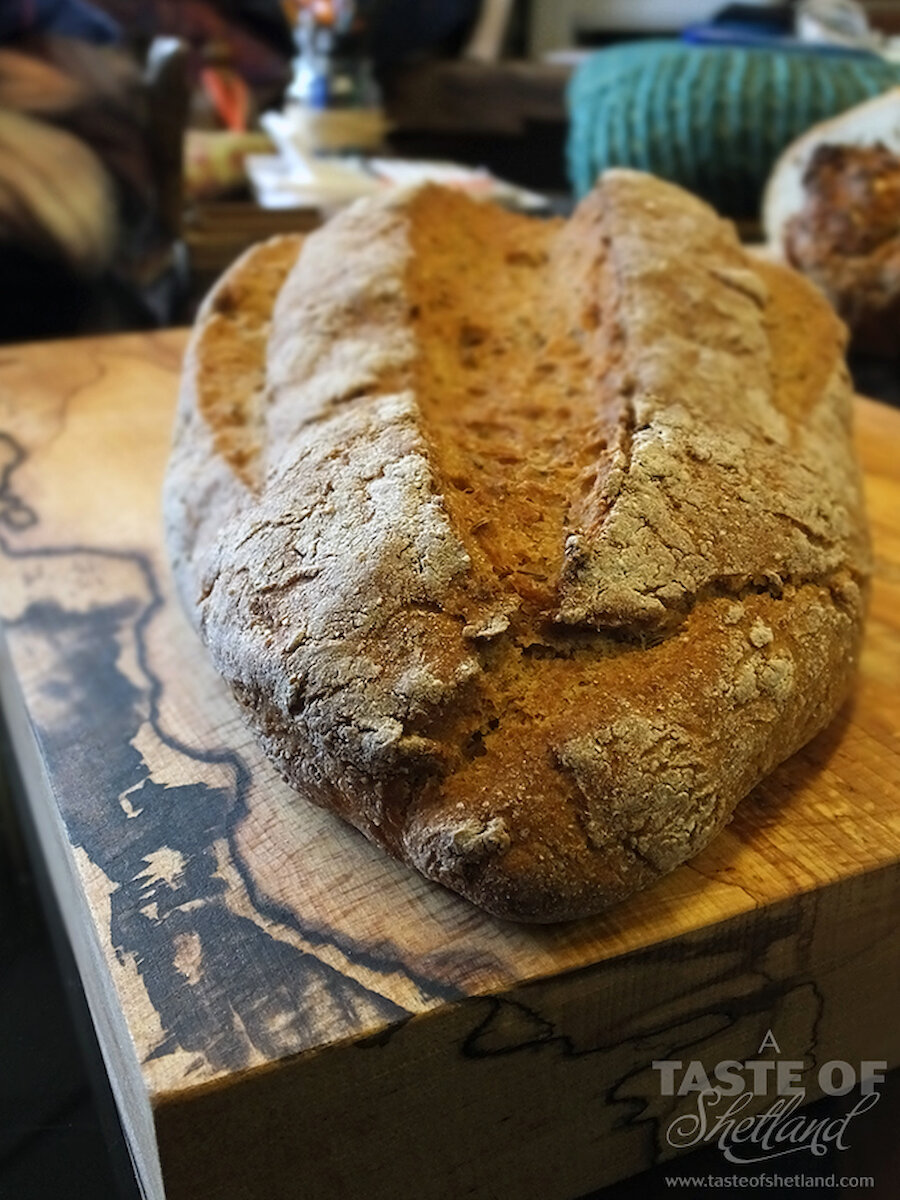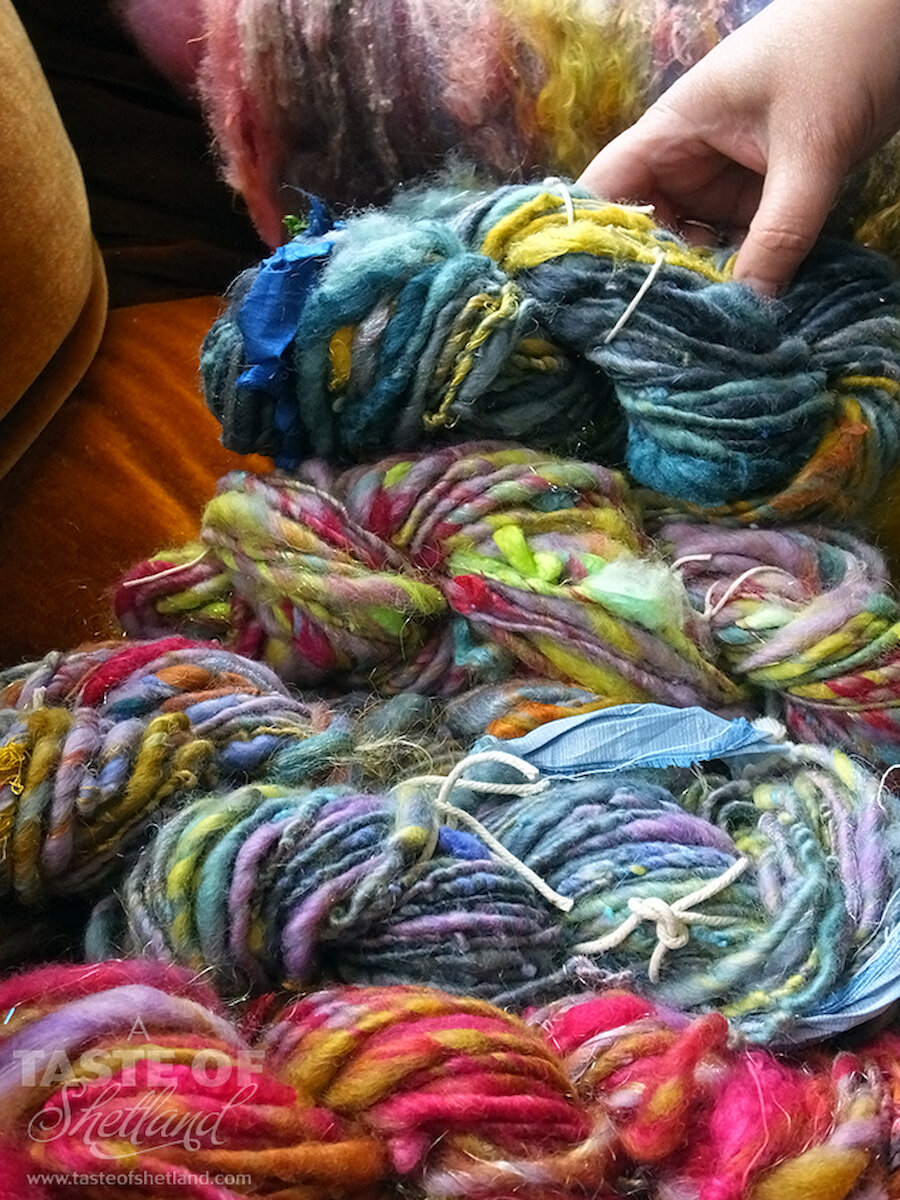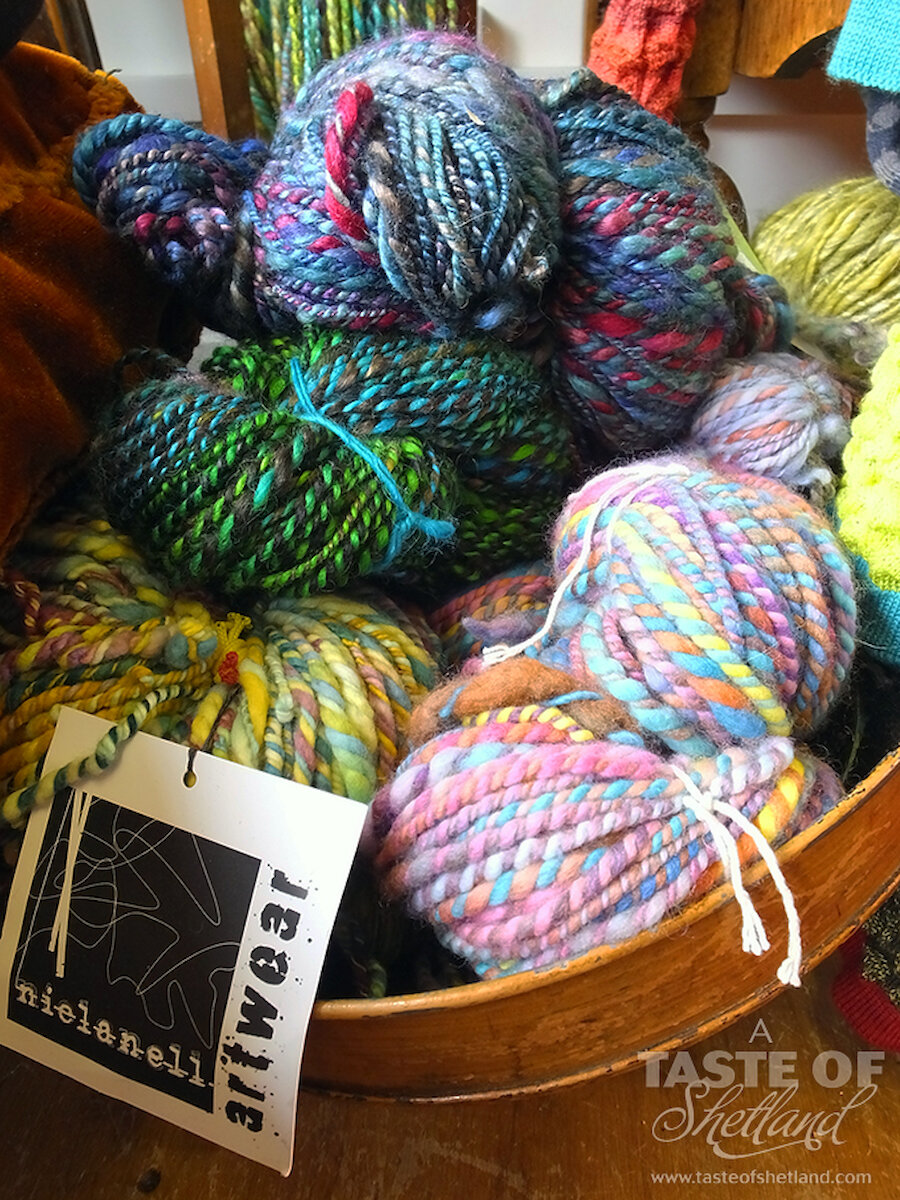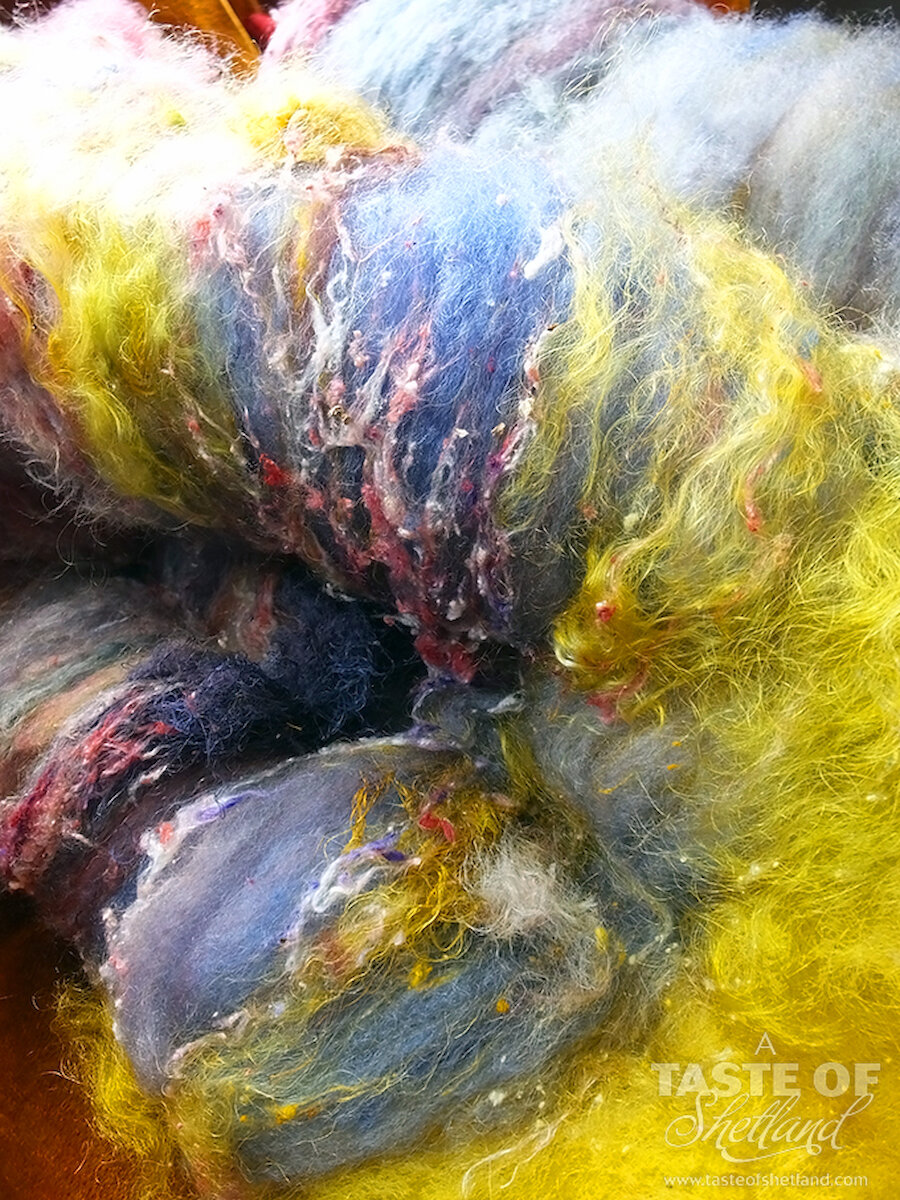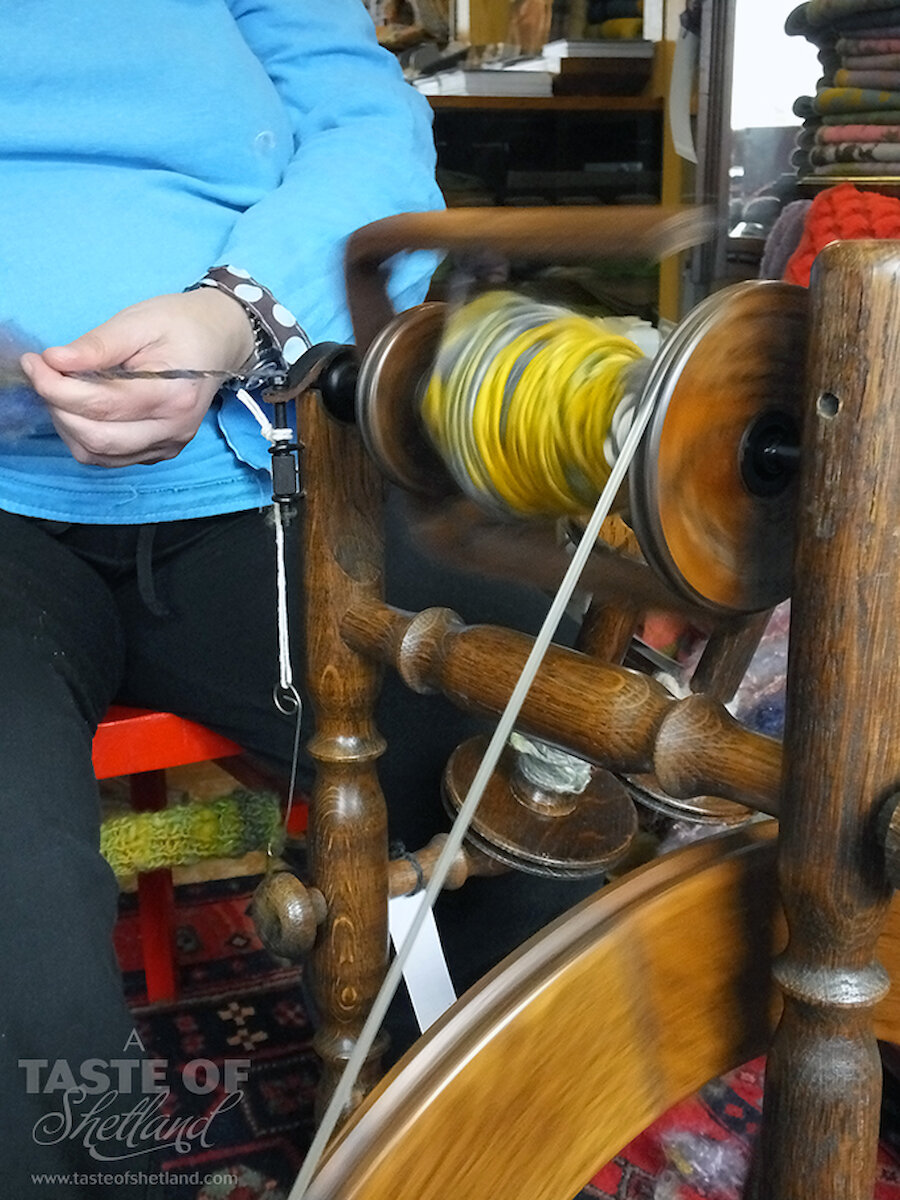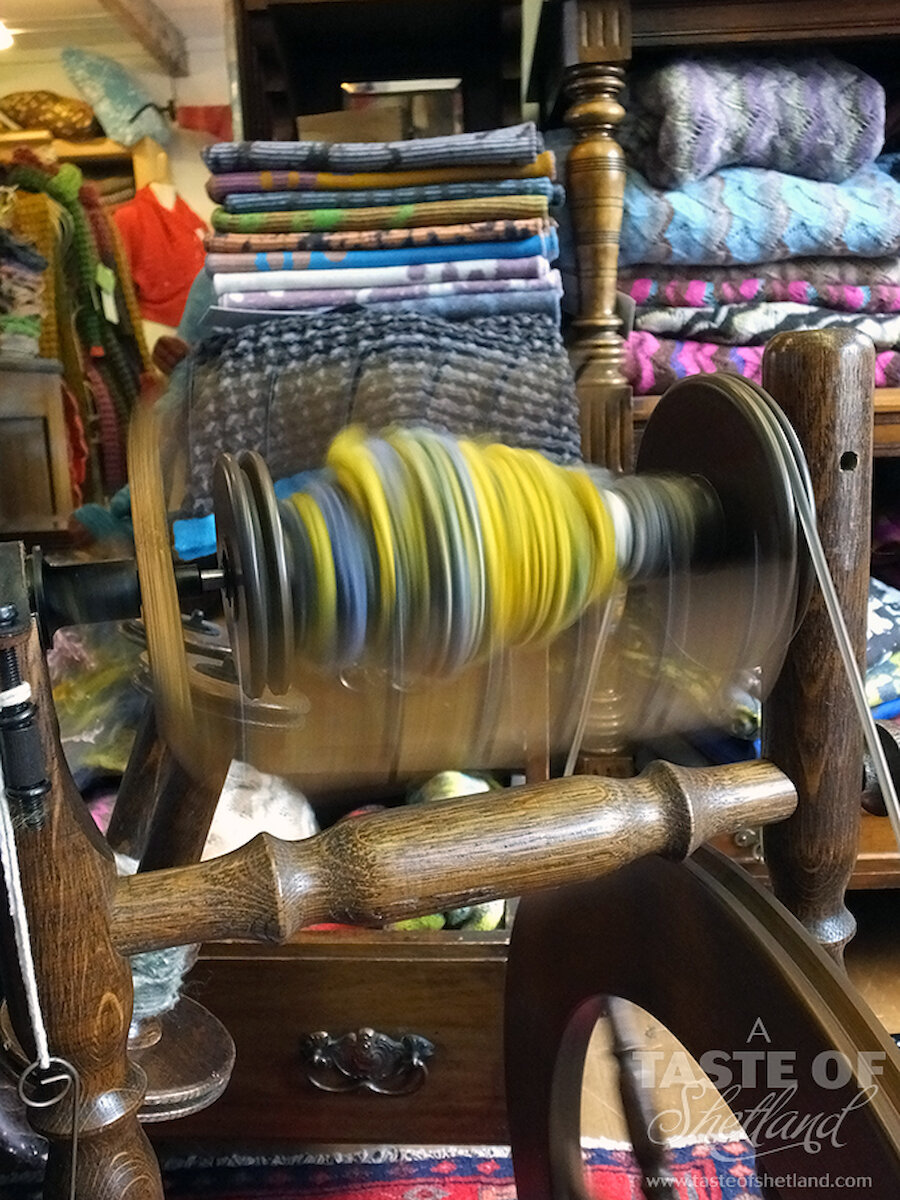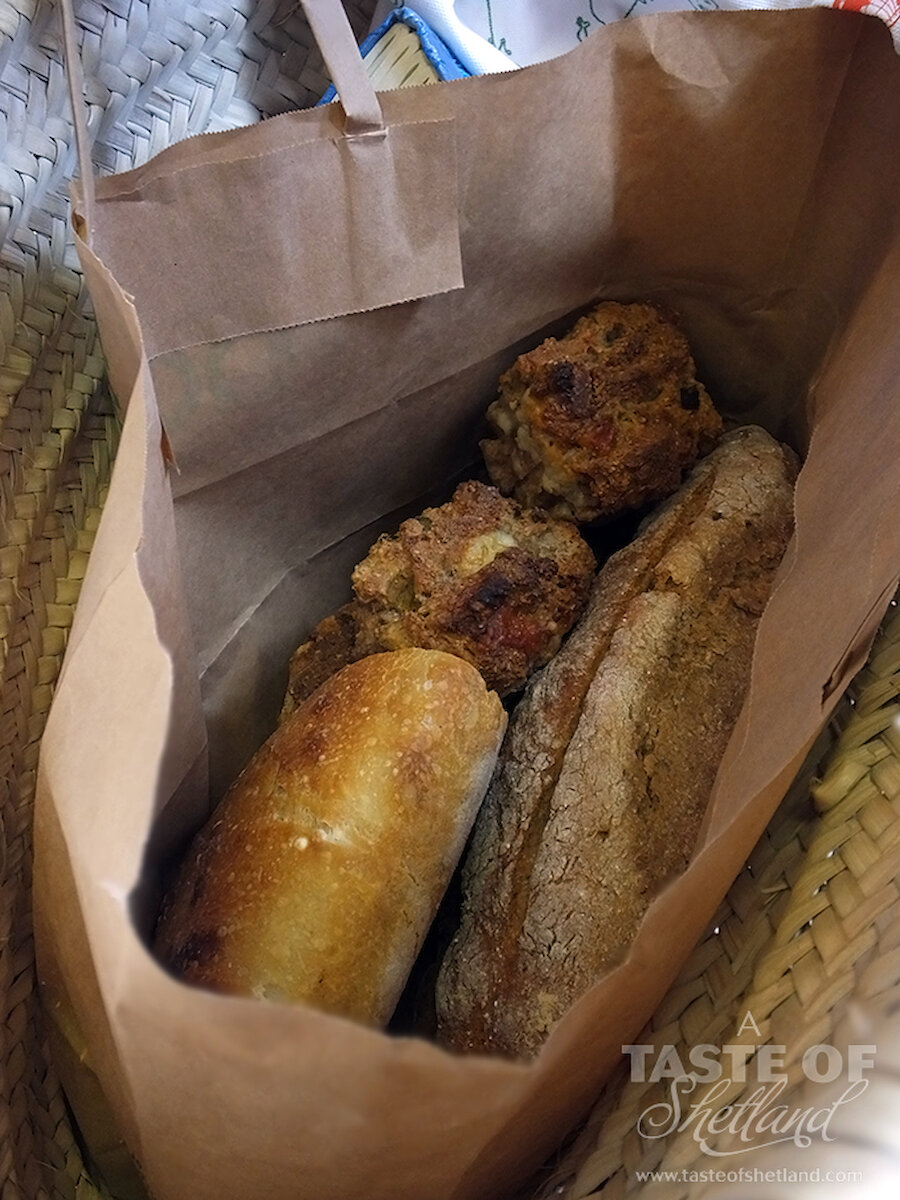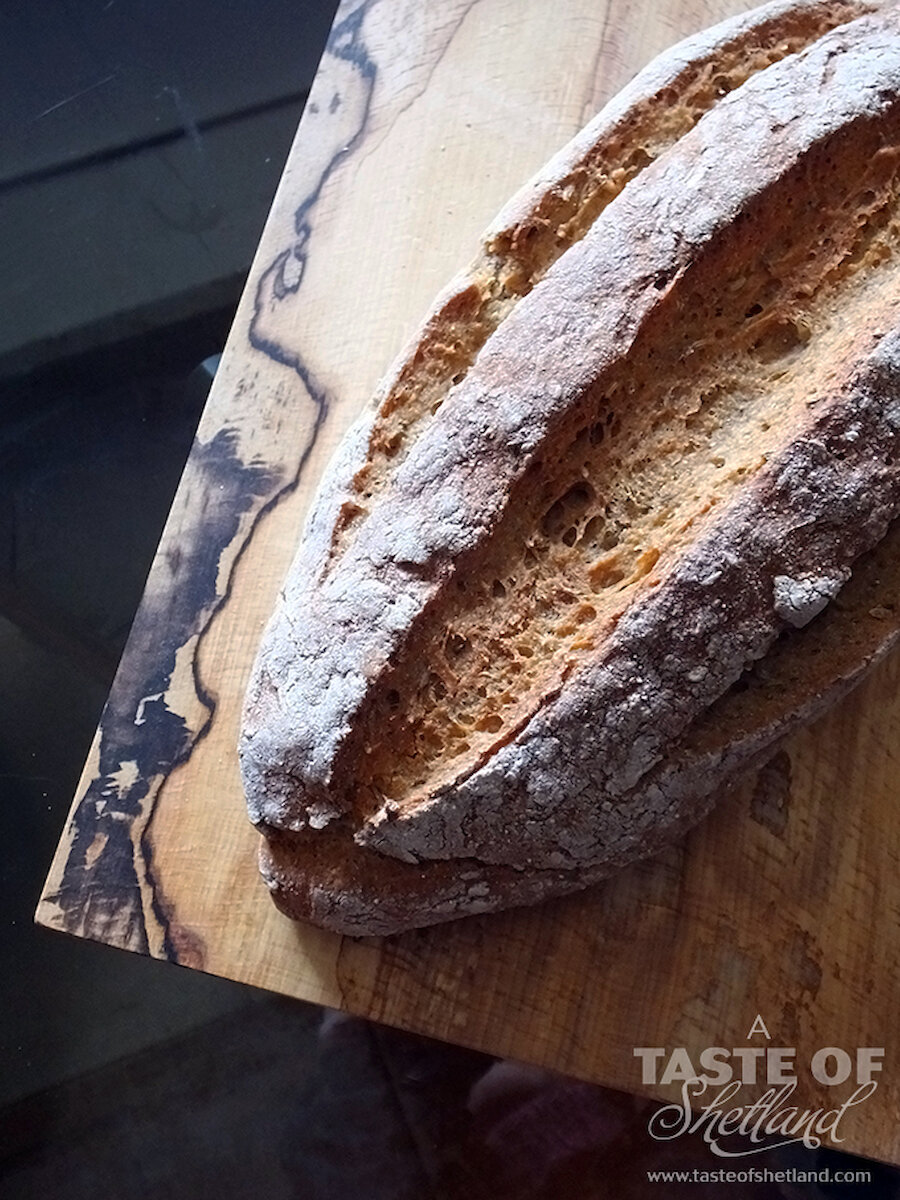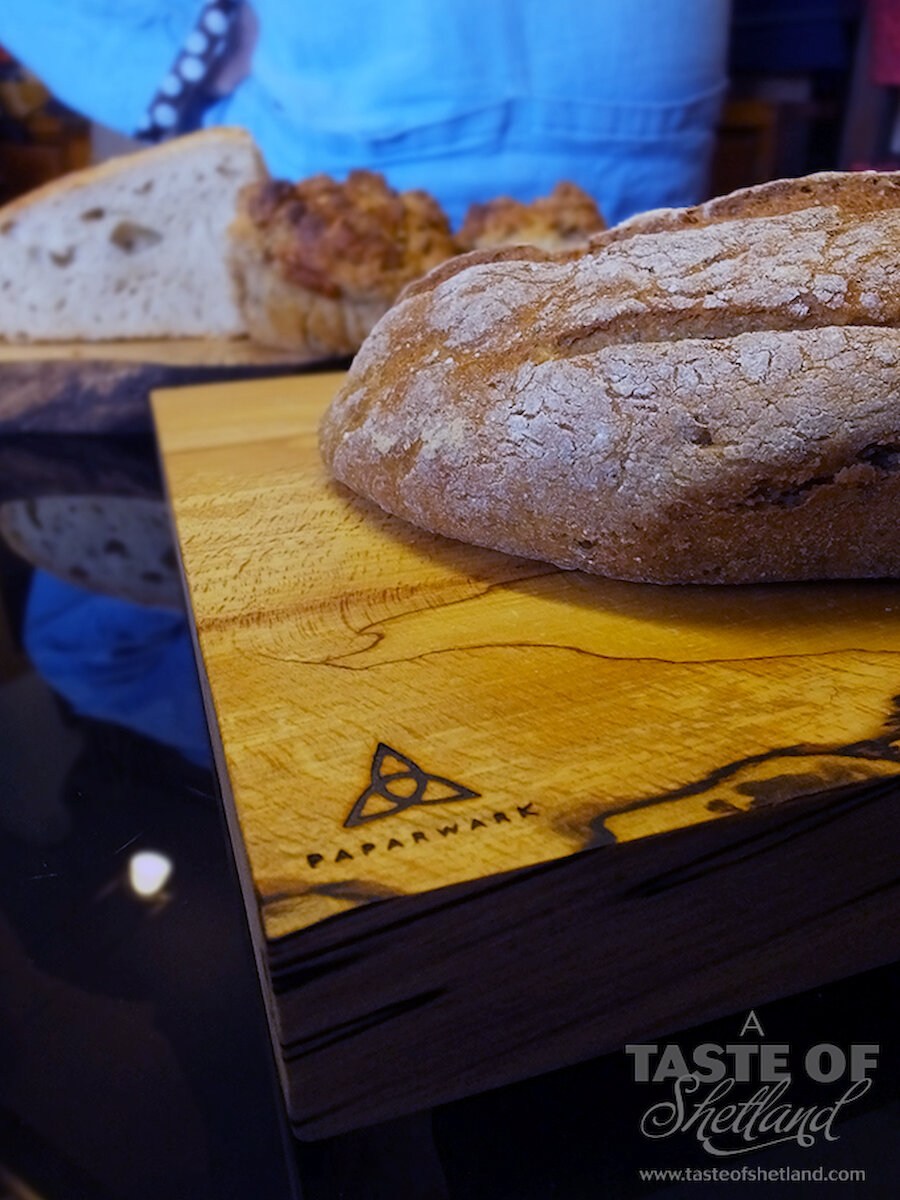Have you ever taken an instant liking to someone?
Two years ago I met the fantastic young Samuel, a charismatic actor with the Shetland Youth Theatre while rehearsing for the Ignition Project, a quirky, off the wall outdoor performance with the National Theatre of Scotland. He was one of the car actors, I was one of the ballroom dancers.
Shetland's a small place. We've bumped into each other many more times since then, connected by the bizarre, amazing experience Ignition was. I blogged about it, if anyone fancies a read.
Fast forward two years and I'm sitting in a small, cosy and intimate alternative knitwear studio shop on the south mainland surrounded in vibrantly coloured wool, texture, creative energy and uniquely designed handmade garments that I want to fill my closets with.
Neila, an expat Canadian like myself, has called Shetland home for some years now. She runs Nielanell, Shetland's alternative knitwear shop where she works with brightly dyed Shetland wool, sometime combining it with man made fibres to represent man and nature and their symbiotic relationship.
Niela's work tries to reflect the strengths of Shetland: innovation, freedom, integrity, culture, heritage and community, putting them together in her own unique way. Her garments can be used to make a bold, urban, bohemian edge statement, or they can be worn to camouflage on those days you want to shield from the world, all while looking stylish and feeling good.
Although the colours Niela uses are not natural dyes, they are inspired by the colours of Shetland. Just visualize the bright yellow of a lichen on a rock, or the oranges and reds of moss spores, the ever changing blues of the sea and sky, the purple summer heather and vibrant greens of the hillside.
There are many different opinions in Shetland about wool, spinning and colour. Some go for the more traditional look, while others prefer to experiment and play. Opinions can be hotly debated!
Niela uses the tradition of knitting instead of redoing traditional knitting, encapsulating colour, texture and movement into her unique designs. She's not seeking to renew or refresh a style, but rather to create something new.
Her passion for what she does is infectious. I sat there, mesmerized, watching her spin her brightly coloured Shetland wool, listening to the hypnotic clack-whirr-clack-whirr of the spinning wheel. I could see how hours could be lost in the process. I'm half tempted to get my own spinning wheel and learn!
Niela's studio shop is a treasure trove of inspiration and style. There's a couch by the window where significant others frequently sit and watch their partners try on items, occasionally offering suggestions of their own. Once you've sat and begun to soak in all there is to see in the studio, you can't help but immerse yourself in the colours and textures. It's really a rather unique experience unto itself! I urge you to visit if you can. Nielanell is on the Shetland Craft Trail and you can find directions to her studio on her website. If she's in she's open!
While Niela and I were sitting chatting all things Shetland and wool, a young man hurried past the window. "That's Sam," she laughed, "rushing to catch his bus which he always misses." Sam's been helping out at the shop since he was 11 or so, and Niela would like to think that she can take a little bit of credit for his.... artistic... disposition.
I put two and two together and realised this was the same fellow I'd worked with on the Ignition project, the same fellow I took an instant liking to all those years ago.
Then the door opened.
It was Samuel's mother, (Samuel had, fortunately, caught his bus!). Sam's mother, Joyce, had just finished baking a batch of gorgeous homemade bread and she was delivering it, still warm, to Niela.
It's all about the food, for me, so I was right in that basket with my million and one questions. A prime place was cleared on the table and Niela's coveted, most gorgeous Paparwark Furniture wooden serving board was brought down off of the shelf.
I lost track of the hours I spent with Niela and Joyce and my face ached afterwards from all the smiling. Plans for another trip to the south mainland are in the making! You know when you just instantly like people and you want them to be a part of your life? That.
You can find Niela through her website, Facebook, Twitter and Instagram, and I would urge you all to follow Joyce's fantastic new food blog 60° Journeymanbakers.
In the meantime, Joyce very kindly shared the recipe for her Scandinavian light rye bread with caraway and fennel.
Scandinavian Light Rye Bread with Caraway & Fennel
Course: Main
Servings: 1 loaf
Prep Time: 30 minutes
Cook Time: 40 minutes
Ingredients:
- Milk - 175 grams
- Water - 175 grams
- Brown sugar - 2 tbsp (or Molasses)
- Easy blend instant yeast - 1 sachet
- Rye flour - 250 grams
- Strong white bread flour - 200 grams (plus extra to dust)
- Salt - 1 tsp
- Fennel seeds - 1 tsp
- Caraway seeds - 1 tsp
- Oil - (to grease baking tray)
Instructions:
- In a small pan heat the milk, water and sugar until the sugar has dissolved, allow to cool it needs to be luke warm between 28-35°c. I always use the microwave to do this as it only takes about a minute.
- When it's cool enough mix in the yeast.
- In a large bowl mix the flours, salt and seeds.
- Pour the yeasty milk and water over the flour and stir to combine. I like to do this with my hands, be warned it looks and feels more like a paste than a dough.
- Once it is well combined, cover with either cling film or a damp cloth.
- After twenty minutes give it a quick knead, well it's more of a gentle push and prod really. Keep your hands wet as the cement/dough is very claggy. Any builders may ask you for the quantities as it looks more like something that that should grace a building site.
- Leave for another 20 mins and give the dough another short knead. Repeat this after another rest of 20 mins.it will begin to feel more like a dough as time goes on.
- Now leave the covered dough somewhere warm to proof till it has doubled in size, this should take between 60 to 90 mins. My son takes a before and after photo on his phone so that he can judge the rise.
- Carefully tip the dough onto a lightly floured work surface and shape your dough into a thick baton.
- Gently lift the shaped loaf onto an oiled, or parchment lined, heavy baking sheet.
- Pre heat the oven to 200°c/ 180°c fan.
- Leave for another hour for its final rise.
- Make several slashes with a sharp blade, a baker's lame or serrated knife.
- Place in the oven and bake for about 40mins, check after 30 though.- if you're using a probe thermometer you're looking for an internal temperature of 93°c.
- Leave on a cooling tray and try to wait at least 20 mins before trying the bread. I usually make double as the rest of the family seem to materialise out of thin air as soon as I take the bread put of the oven.
